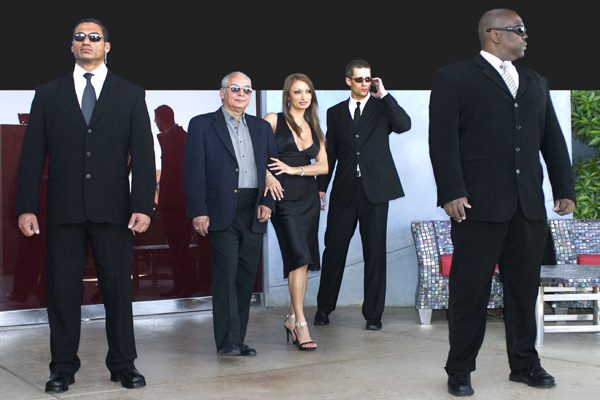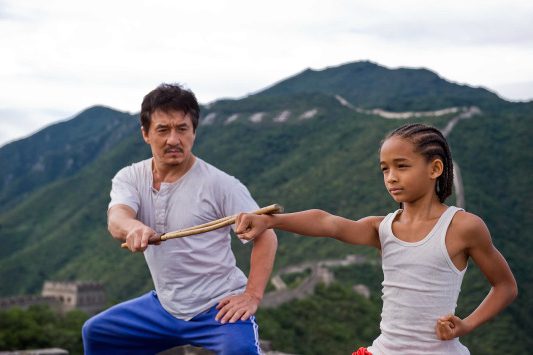When you’re teaching beginners they’re bound to ask you challenging and thrilling questions.
I love that.
After all, they haven’t entered ‘the box’ yet and tend to see Karate from a different perspective, compared your average makiwara-pounding Karate veteran.
So, anyhow, sometimes I get one particulary interesting question thrown at me:
“Why do we have to bow?”
And my answer is always the same. Though I have to admit that I simplify it alot.
“We bow because that’s the Japanese way of greeting each other. If Karate had come from the West maybe we would shake hands instead. It’s that simple!”
And most beginners are satisfied with that answer.
But what they luckily don’t realize is that the bow is diametrically opposite from a handshake. A handshake was, from the beginning, a way of making sure that your foe didn’t carry a concealed blade up his sleeve. The bow, on the other hand, is about showing mutual trust, through submissive respect.
But we all know that in reality it’s not that simple, of course.
For instance, why do we bow at the door when we enter the dojo? Are we “greeting” a dead room? Probably not.
So, even though I always teach beginners that the bow is simply the traditional standard Japanese way of greeting each other, there’s actually something more to it. And I’m not talking about “onegaishimasu”. However, a beginner has yet to ask me about it.
Because if they did, I would have to tell them the real reason to reigi (etiquette) in Karate.
A reason that was perhaps best summed up by Matsumura Sokon, who at the age of 76 wrote the following (in 1885):
“A person who is truly humble will always have an inner calm”
You see, people behave in highly predictable ways when they experience certain emotions and thoughts.
To most people, this is no news.
When we are sad, we cry. When we are happy, we smile, When we agree, we nod our heads. When we are upset, we make angry comments on blogs. So far, no surprises. But, according to an area of research known as proprioceptive psychology, the same process also works in reverse.
And that’s the key to reigi.
Get people to behave in a certain way, and you cause them to feel certain emotions and have certain thoughts, eventually changing their character. “Sounds crazy” you might think, and I agree, the idea was initially controversial but has fortunately been supported by a series of compelling studies and experiments.
I’ll just tell you about one of those:
In the 1980s, psychologist Fritz Strack and his colleagues asked two groups of people to judge how funny they found Gary Larson’s Far Side cartoons¹. Here’s one of my favorites by the way:

These two groups were asked to rate how happy they felt while reading some of these random comics, but under two rather bizarre circumstances. One group was asked to hold a pencil between their teeth, but to ensure that it didn’t touch their lips.
The other group supportet the end of the pencil with their lips, but not their teeth.
So, without realizing it, those in the ‘teeth only’ group had actually forced the lower part of their faces into a smile, while those in the ‘lips only’ condition had made themselves frown.
And the results were stunning.
It was revealed that the participants tended to experience the exact emotions associated with their ‘artificially created’ expressions. Those who had their faces forced into a smile actually felt happier, and found the Far Side cartoons much funnier than those who were forced to frown.
Other important work has also demonstrated that this increase in happiness does not even drain away the moment we cease smiling! It lingers on, affecting many aspects of our behaviour, including interacting with others in a more positive way, and being more likely to remember happy life events.
And that’s where the simple, yet brilliant, bow comes in.
Last time I checked, we bowed almost 50 times during one single class.
It adds up, believe me.
And that’s got to count for something.
In the end, the message from this type of work is simple and straightforward – if you want to cheer yourself up, behave like a happy person. And if you want to “always have an inner calm”, behave like a humble person.
Keep bowing.
___________



6 Comments